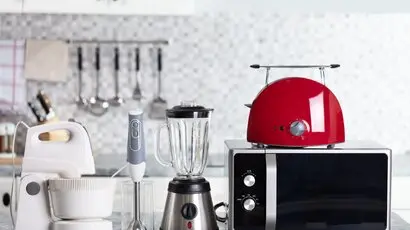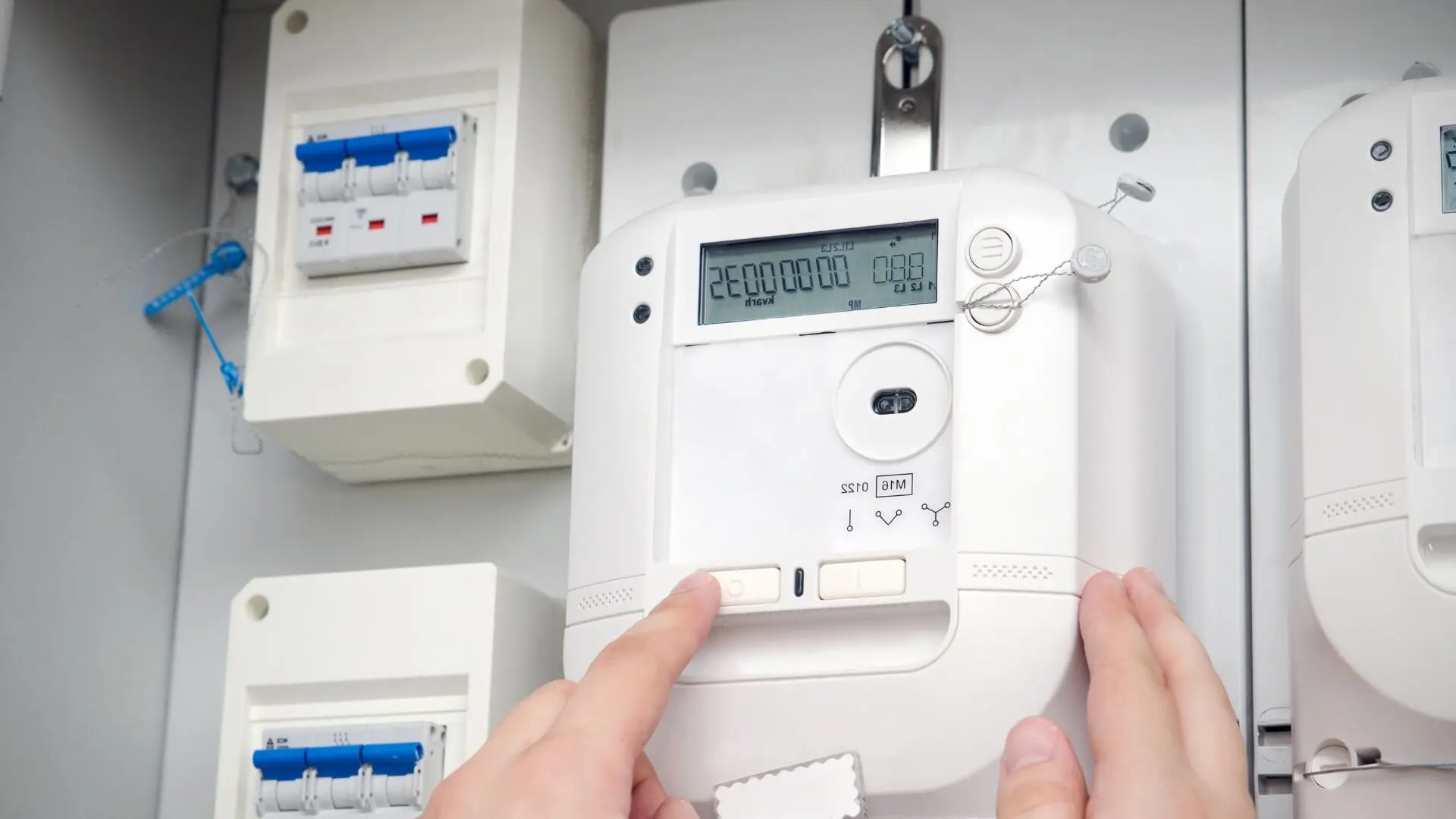
Get your free Melbourne Electrician quote today!
Our team of Melbourne Electricians is here to help you with any questions or concerns you may have. We’re committed to providing you with the best possible service and support.
Faulty electrical appliances can pose serious safety threats in any home or workplace. This guide walks you through a detailed process of testing your electrical appliances to detect faults, prevent accidents, and maintain a safe environment.
Electrical safety, though often overlooked, is vital for keeping households and businesses secure. A study from Queensland University of Technology highlights its importance, showing that hospitalisations due to electrical injuries occur at about 3.78 cases per 100,000 people each year. This statistic underscores the serious risks posed by faulty electrical appliances, which can result in injuries, fires, and even fatalities.
Given these risks, it’s essential to address electrical safety proactively and regularly to protect everyone in your environment.
This guide provides a detailed overview of how to test electrical appliances to ensure their safety. Regular safety inspections aren’t just precautionary—they’re crucial for protecting lives and property from the risks of faulty electrical equipment.
By understanding these testing methods, you can identify and address potential hazards before they become serious issues, keeping your home or workplace secure.
Ensuring Compliance with Electrical Safety Standards in Australia
Maintaining electrical safety at home or work is key to managing risks effectively. Adhering to Australian standards guarantees that your electrical equipment is safe and poses no health risks.
By following these guidelines, you can confidently minimise potential hazards, providing a safer environment for everyone involved.

1. Visual Inspection
Start with a careful visual check of the appliance. Look for signs of wear, damage, or tampering. Examine the power cord for fraying, cuts, or any exposed wires, and inspect the plug for cracks or loose connections.
This initial inspection is critical, as it can reveal obvious issues before they lead to more significant problems.
Ensure the casing of the appliance is intact, with no cracks or signs of overheating. Pay special attention to areas where the cord meets the plug and the appliance, as these are common points of failure.
2. Earth Continuity Testing
Earth continuity testing verifies that the appliance is properly grounded, which is vital for preventing electric shocks. Use an earth continuity tester by connecting it between the earth pin of the plug and any exposed metal parts of the appliance.
A low resistance reading (typically less than 1 ohm) indicates a good earth connection. If the resistance is too high or there is no continuity, the appliance may not be safe to use and should be serviced or replaced.
3. Insulation Resistance Testing
Insulation resistance testing checks the quality of the electrical insulation around the appliance’s wiring. This test helps ensure that the insulation is intact and can prevent electric shocks or short circuits.
Use an insulation resistance tester, setting it to the appropriate voltage for the appliance. Connect the tester between the live and earth, as well as between the neutral and earth.
Acceptable resistance values are generally above 1 MΩ (megaohm). If the resistance is too low, this indicates that the insulation has deteriorated, and the appliance should not be used until it is repaired.
4. Polarity Testing
Polarity testing is essential to confirm that the live, neutral, and earth wires are correctly connected, ensuring the appliance functions safely. Connect a polarity tester to the appliance’s plug.
The tester will indicate whether the wiring is correct. If the live and neutral wires are reversed or if the earth wire is not properly connected, the appliance may pose a serious safety risk and should be corrected immediately.
5. Functionality Testing
After completing the previous tests, perform a functionality test to ensure the appliance operates as intended. Plug in the appliance and turn it on, checking for any unusual sounds, smells, or behaviours.
Ensure it performs its normal functions correctly and safely. If the appliance does not operate as expected, it may need further inspection or repair before it can be used safely.
Frequency of Testing and Record-keeping
The frequency of testing electrical appliances depends on their usage and environment. High-risk environments, such as construction sites, often require testing every three to six months.
For general office equipment, testing is typically recommended every 12 months. Low-risk environments, like residential settings, may only require testing every two to five years.
Maintaining accurate records of all tests is crucial. Records should include the date, results, and any maintenance performed. These records not only help track the condition of your appliances but are also essential for proving compliance with safety regulations.
For businesses and landlords, detailed record-keeping is a legal requirement under Australian law. These records may need to be presented during safety audits or inspections. Keeping thorough records ensures that all electrical appliances are tested on schedule and that any issues are promptly addressed, thereby maintaining a safe environment for all users.
Common Mistakes to Avoid During Electrical Appliance Testing
When testing electrical appliances, avoid using improper testing equipment or techniques, as this can lead to inaccurate results and missed hazards.
Never skip the visual inspection—it’s a critical first step that can reveal obvious signs of damage or wear. Additionally, always take test results seriously; ignoring or misinterpreting them can result in unsafe appliances being put back into use, posing significant risks. Ensure you follow correct procedures and understand the readings to maintain appliance safety and compliance with regulations.
When to Seek Professional Help
While DIY testing can be sufficient for basic appliances, certain situations demand professional intervention. Complex or high-risk appliances, such as industrial machinery, commercial kitchen equipment, or items in construction and demolition sites, often require expertise beyond standard DIY methods. These appliances may involve intricate wiring, high voltages, or specialised components that necessitate thorough inspection and testing.
Hiring certified electricians or safety inspectors ensures that testing is conducted reliably and in compliance with Australian safety standards. Professionals have the experience, tools, and knowledge to identify issues that might be missed during DIY testing, providing peace of mind and ensuring safety.
Ensuring Electrical Safety: The Final Step Towards Peace of Mind
Regular testing of electrical appliances is essential in preventing accidents, fires, and other electrical hazards that can endanger lives and property. By identifying potential issues early—whether through DIY testing or professional inspections—you can significantly reduce the risk of electric shocks, appliance failures, and even catastrophic fires.
Don’t wait until it’s too late. Take immediate action to ensure the safety of your household or workplace. If you’re confident in your ability to conduct the tests, follow the step-by-step guide provided to check your appliances thoroughly. However, for complex or high-risk equipment or simply for added peace of mind, it’s wise to reach out to a professional.
WP Electrical offers expert testing and safety inspections, ensuring that all your electrical appliances are compliant with Australian standards and safe for everyday use. Their certified professionals bring the knowledge and precision required to detect even the smallest faults, helping you maintain a secure environment.
Contact WP Electrical today to schedule a comprehensive inspection and take the final step towards ensuring electrical safety and achieving peace of mind.
Published by: Pascal Harb17 October 2025